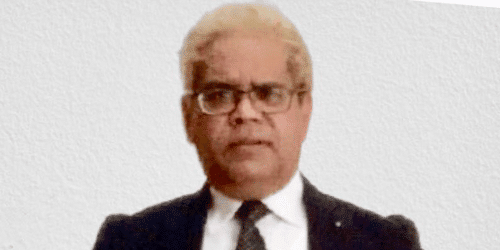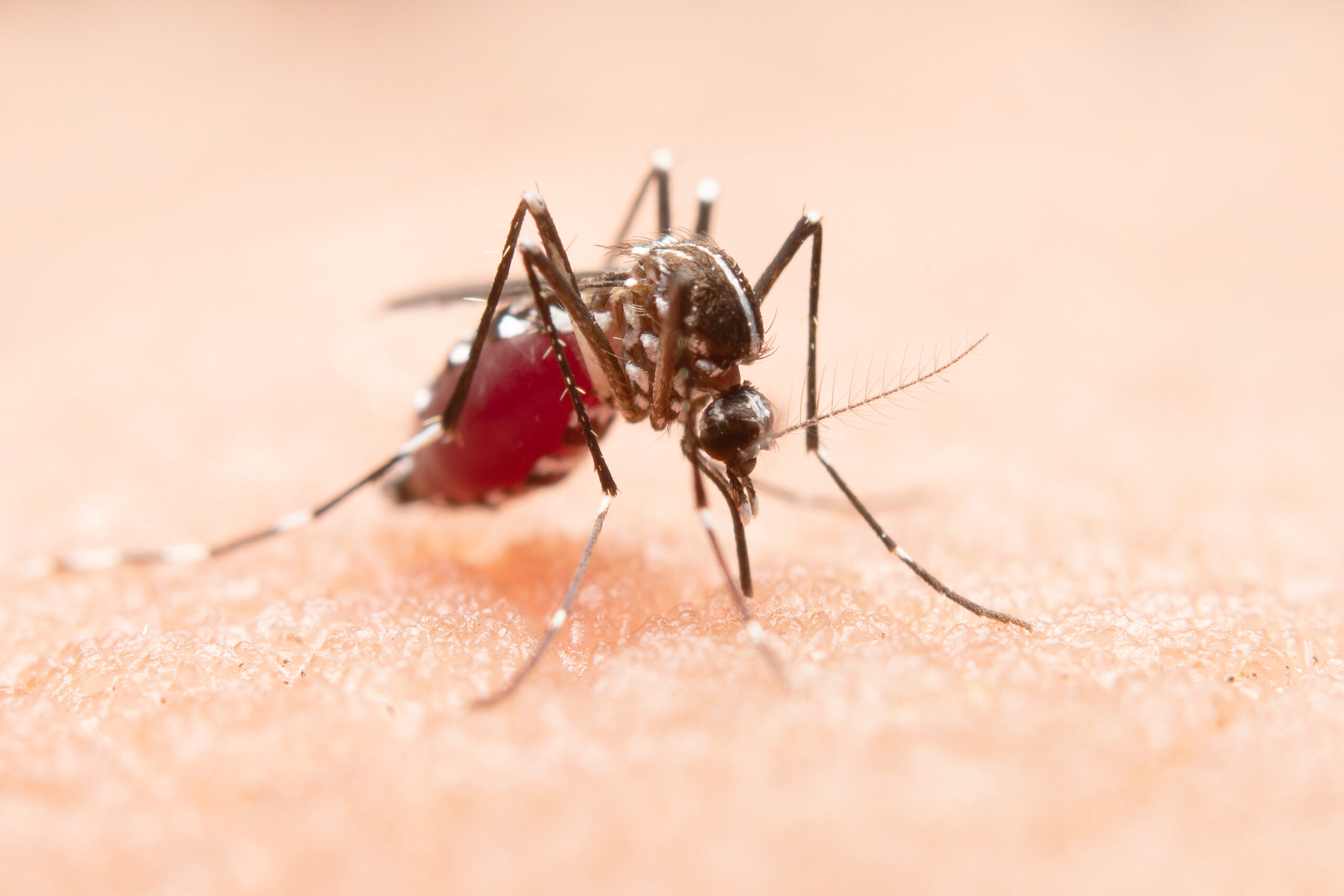Latest
World Tuberculosis Day 2023: Debunking 6 TB myths
Author
Author
- admin / 3 years

- 0
- 3 min read

Author
Can it be cured? Does it affect only the lungs? How does it spread? Are there any symptoms? How long does the treatment take? Can it recur?
By Toibah Kirmani
“Yes! We Can End TB!” is the theme of World Tuberculosis (TB) Day 2023. Observed annually on March 24, it commemorates the day in 1882 when Dr Robert Koch startled the scientific community by announcing his discovery that TB was caused by bacteria.
TB is an infectious disease caused by a bacterium called Mycobacterium tuberculosis. Although its incidence and mortality rates have significantly decreased, TB is counted among the top 10 causes of death worldwide, making it a major public health concern. According to the World Health Organization, in 2021, an estimated 10.6 million people worldwide fell ill with TB.
This World TB Day, let’s debunk some widespread myths about the oft-misunderstood infection.
Myth 1: TB is hereditary.
Fact: TB is not inherited; genetics do not play a role in the transmission of the disease. TB is spread through the air when a person with lung TB coughs, sneezes or spits. A person needs to inhale only a few germs to become infected.
Myth 2: TB affects only the lungs.
Fact: TB usually affects the lungs, but it can also affect other parts of the body, such as the brain, the kidneys, or the spine. Compared to pulmonary tuberculosis, which affects the lungs, extra-pulmonary tuberculosis is often more challenging to diagnose and treat.
Myth 3: Antibiotics can cure TB in a jiffy.
Fact: TB requires a protracted treatment plan that frequently lasts six to nine months. Antibiotic resistance may develop after a shorter duration of treatment, making subsequent therapies more difficult.
Myth 4: Once cured of TB, you cannot get infected again.
Fact: Recurrence of TB can be due to a regrowth of the same strain of bacterium that caused the previous TB episode, known as relapse, or reinfection through a different strain.
Myth 5: No symptoms mean no TB.
Fact: Not everyone infected with TB bacteria becomes sick. The clinical disease is an interplay between the bacterial load and the patient’s immunity. The bacteria can live in the body without making you sick. This is called latent TB infection.
Myth 6: TB cannot be cured.
Fact: TB is treatable and curable, provided the patient receives the right treatment at the right time. In case the body becomes resistant to the medications used to treat the infection, drug-resistant TB develops.
Authorities from across the world are working to eradicate the disease. Ending the TB epidemic by 2030 is among the health targets of the United Nations Sustainable Development Goals (SDGs).
Medically reviewed by: Dr Arjun Khanna, Head of Pulmonary Medicine, Amrita Hospital, Faridabad, India.









